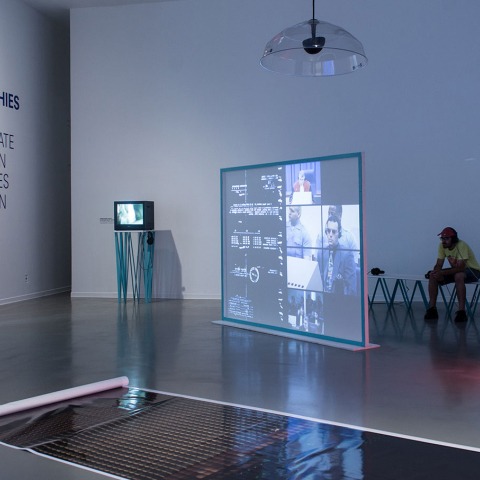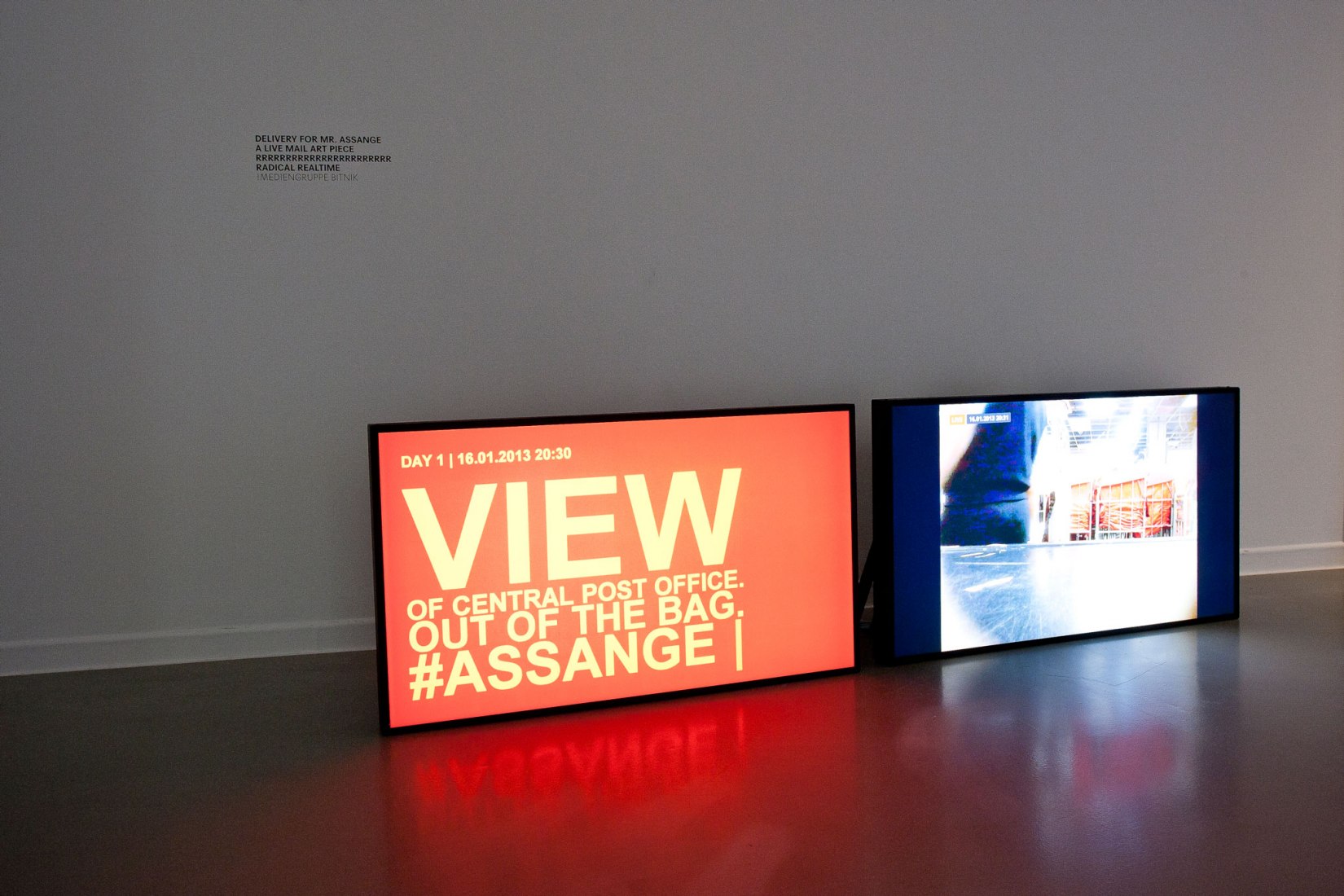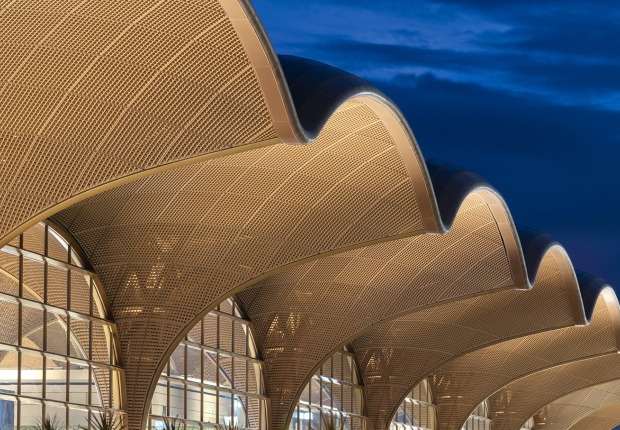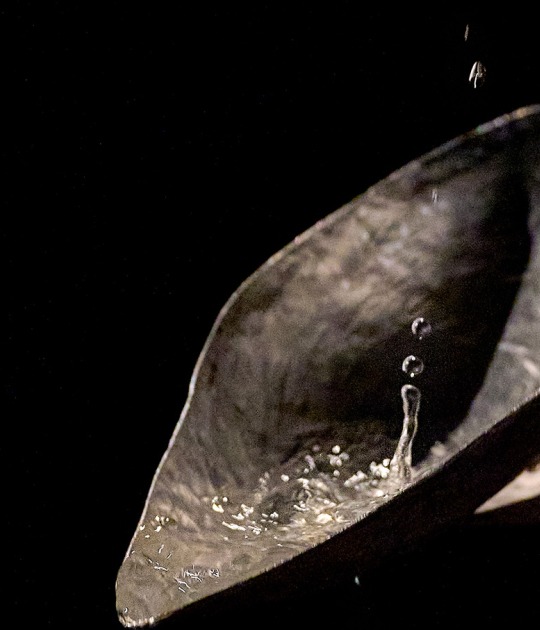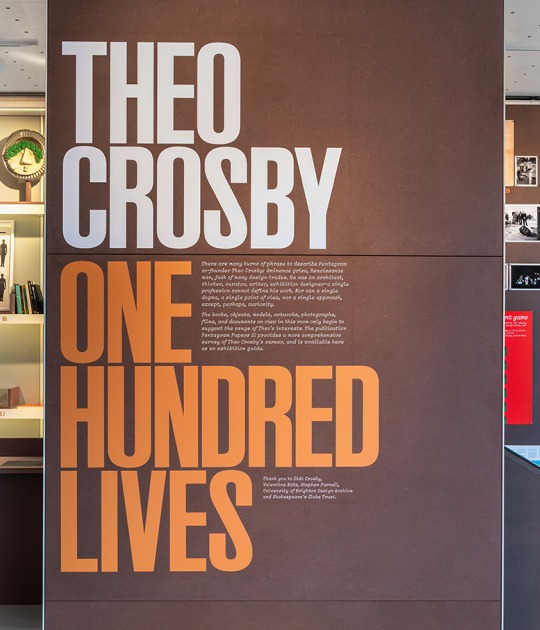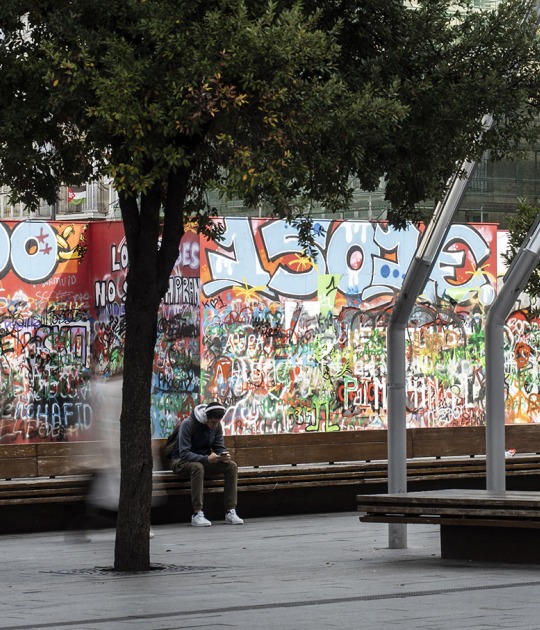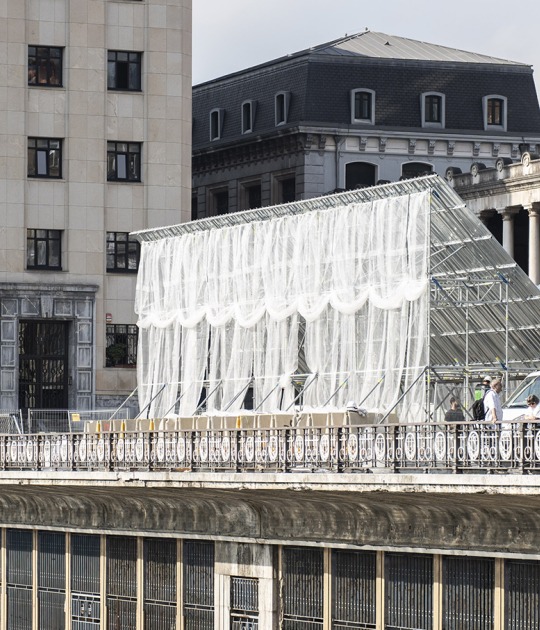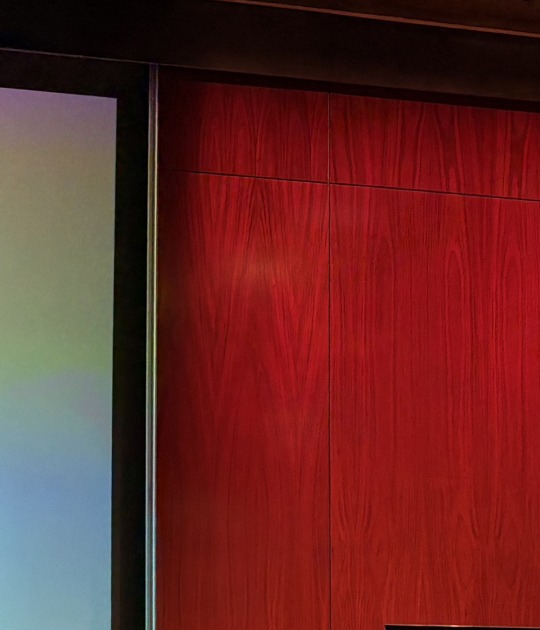Scenographies of Power: From the state of exception to the space of exception, curated by Maite Borjabad López-Pastor, proposes a reflection on the spaces such as airports, embassies, international courts and even restricted areas of the Internet. The exhibition proposes a reflection on the spaces that materialise the “state of exception” and that are representative of power structures of today’s globalised world.
The exhibition aspires to claim the spatial articulations that make possible to institute and enforce the state of exception as a tool of power wielded by the contemporary political apparatus. The itinerary proposed in Scenographies of Power reveals how, in the spatial materialisa- tions of the exception, the aesthetic becomes political. These spaces of exception are interrogated by the different artists, who work with that which takes places in them, using disruptive propositions to critically represent, record or reactivate them to allow alternative readings of the political framework that hosts each of them.
The exhibition aspires to claim the spatial articulations that make possible to institute and enforce the state of exception as a tool of power wielded by the contemporary political apparatus. The itinerary proposed in Scenographies of Power reveals how, in the spatial materialisa- tions of the exception, the aesthetic becomes political. These spaces of exception are interrogated by the different artists, who work with that which takes places in them, using disruptive propositions to critically represent, record or reactivate them to allow alternative readings of the political framework that hosts each of them.
Artists involved in the show.- Mediengruppe Bitnik / Gulnara Kasmalieva y Muratbek Djumaliev / Trevor Paglen / Susan Schuppli / Taryn Simon / Arkadi Zaides.
ARTWORKS
Delivery for Mr. Assange
A Live Mail Art Piece
RRRRRRRRRRRRRRRRADICAL REALTIME
MEDIENGRUPPE BITNIK
Zurich, Suiza / Londres, UK
2013 / Video-Instalación
A Live Mail Art Piece
RRRRRRRRRRRRRRRRADICAL REALTIME
MEDIENGRUPPE BITNIK
Zurich, Suiza / Londres, UK
2013 / Video-Instalación
In 2013, !Mediengruppe Bitnik sent a package to Mr. Assange at the Ecuadorian embassy, a rather special package fitted with a GPS-mode telephone and a camera programmed to take a photo every ten seconds and upload it there and then onto a Twitter account. Several batteries were connected to the package to guarantee its live tracking throughout its journey in London, from Hackney post office to the embassy. This third-millennium Mail Art performance lasted 36 hours, 36 hours during which it kept not only a certain number of followers on tenterhooks, but also ordinary TV viewers tuned in to the BBC, which also broadcast the event live.
Autonomy Cube
Trevor Paglen
Maryland, USA
2014 / Mixed media
Trevor Paglen
Maryland, USA
2014 / Mixed media
The sculpture is meant to be both “seen” and “used.” This happens in several ways. Several Internetconnected computers housed within the work create an open Wi‐Fi hotspot called “Autonomy Cube” wherever it is installed. Anyone can join this network and use it to browse the Internet. But Autonomy Cube does not provide a normal internet connection. The sculpture routs all of the Wi‐Fi traffic over the Tor network, a global network of thousands of volunteer‐run relays designed to help anonymize data. In addition, Autonomy Cube is itself a Tor relay, and is used by Tor users around the world to anonymize their internet use. When Autonomy Cube is installed, both the sculpture, host institution, and users become part of a privacy‐oriented, volunteer run internet infrastructure.
Capture Practice
Arkadi Zaides
Bielorrusia / Israel
2013 / Video Instalación
Arkadi Zaides
Bielorrusia / Israel
2013 / Video Instalación
In 2013, Arkadi Zaides requested access to the video archives of B'Tselem - the Israeli Information Center for Human Rights In The Occupied Territories. The video installation Capture Practice comprises two synchronized video channels broadcasting simultaneously in a loop on two walls that are of human height, thus creating an intimate architectural space. On the right wall, Zaides is filmed within a closed and windowless studio, and on the left, there is a series of clips from the archives.
Contraband
Taryn Simon
Nueva York, USA
2010 / Serie de Fotografías (23 Impresiones Inkjet en cajas de plexiglass y Letraset)
Taryn Simon
Nueva York, USA
2010 / Serie de Fotografías (23 Impresiones Inkjet en cajas de plexiglass y Letraset)
Contraband comprises 1,075 photographs taken at both the U.S. Customs and Border Protection Federal Inspection Site and the U.S. Postal Service International Mail Facility at John F. Kennedy International Airport, New York. For one working week, Taryn Simon remained on site at JFK and continuously photographed items detained or seized from passengers and express mail entering the United States from abroad.
Something About Contemporary Nomadism
Gulnara Kasmalieva and Muratbek Djumaliev
Kyrgyzstan
2006 / Video-Instalación
Gulnara Kasmalieva and Muratbek Djumaliev
Kyrgyzstan
2006 / Video-Instalación
This film was shot in several airports the artists happened to pass through on the travels from their home country Kyrgyzstan to all kind of art events they were invited to. Since it is forbidden to film in airports, they had to hide the camera and the takes capture not only the quotidian airport ritual of body search, but also reveal the condition of making this particular film. The camera targets the desirable shot, but can't hold it long and needs to turn away, because someone might have looked at the artists at that moment. Coming from a country with a strong historical tradition of nomadism, the artists ironically comment on its contemporary version. The body search is seen as a strange ritual, a succession of movements performed by the passenger and the guard, who, never looking at each other, seem to communicate through tactile sense. The camera follows the movements of the gloved hands, who practically caress an endless succession of torsos, thus revealing some peculiar version or rather ritual expression of the power's love to its subjects.
Evidence on Trial
Susan Schuppli
Londres, UK
2014 / Instalación de vídeo (28 secuencias en instalación de video de 16 canales con
audio de 2 canales)’
The project displays evidentiary documents sourced from the archives of the International Criminal
Tribunal for the former Yugoslavia now comprised of 9.3 million objects, including videos, audio recordings, photographs, aerial footage, X-rays, diagrams, floor plans, models, maps and even remnants of charred timber and stone. Specifically it examines the issues that emerge when material evidence is reprocessed by the legal machine that is the international court. What happens when media and other non-textual evidence enter into legal proceedings as a ‘’material witness’’ entrusted with the task of testifying to history? Which impact does the court’s processing of media materials have upon their evidentiary capacity to produce the truth claims that are required for “the justice of law” to answer to “the injustices of war”.
